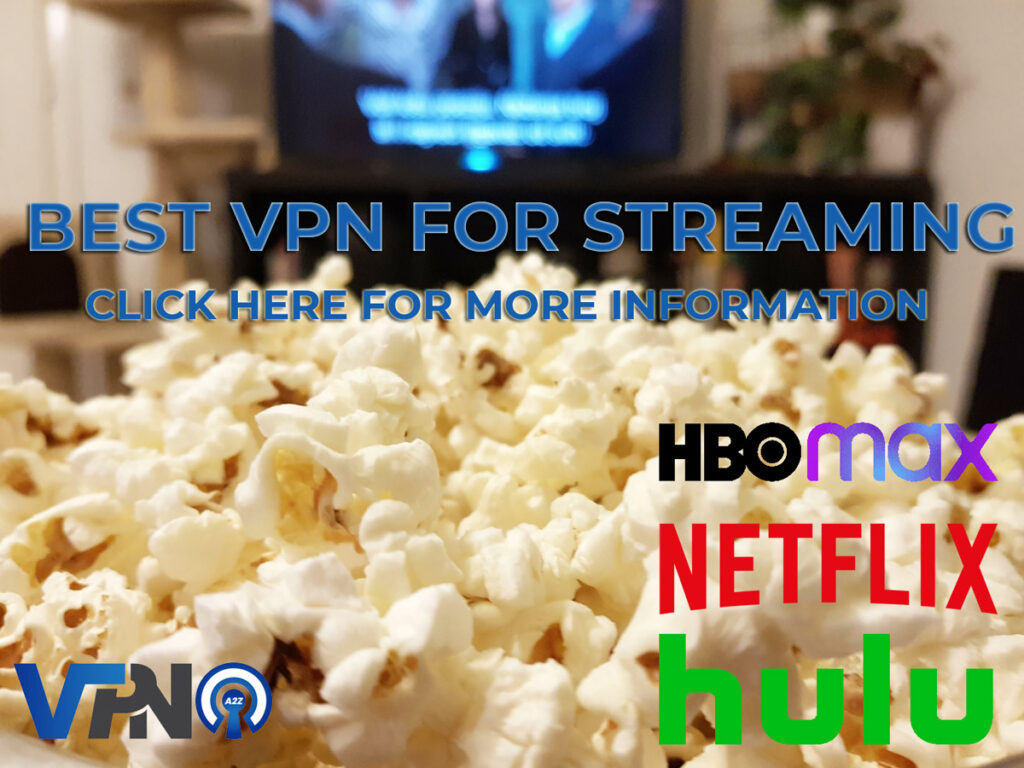In order to disable VPN on Mac, you need to close background processes that run in the system. To do this, open Activity Monitor in Spotlight or launchpad and search for the name of the VPN that’s running in the background. Once you’ve found it, click “Quit Services” to force the VPN to quit. Then, you can move it to the bin. Your internet speed will increase. Now that you’ve closed the VPN, you’ll have to delete the shady profile it created.

2. PIA - Ton of servers world wide, but especially great in United States.***

3. NordVPN - The bigger the better! A great choice everywhere!***

4. ExpressVPN - Trusted by millions in over 180 countries!***

5. SurfShark - Amazing deal right now!***

6. PrivadoVPN - Exclusive deal - Cheapest 1 year deal online - ONLY through this link***

*** Offers money-back guarantee. So try them risk free!
Delete shady looking VPN profiles
If you’re using a Mac, you may have noticed that the network preferences of your device has been cluttered with shady looking VPN profiles. You can delete these profiles by going to the System Preferences menu in the Dock, Launchpad, or Spotlight. There, you’ll see all the available network profiles, including Wi-Fi, Bluetooth, Thunderbolt, and VPN. To delete any profile, click on the trash icon in the menu bar and confirm deletion.
After this, you should go to Utilities and open the Activity Monitor. You can double-click on the icon to open it. If it’s hidden, it could be a virus. Delete any suspicious looking VPN profiles and regain your privacy. This step will remove all unwanted VPN profiles and protect your Mac from unwanted intrusions. You should also check your Activity Monitor settings to ensure that you’ve selected the most secure server.
Close app’s background process
In order to close the background process of a VPN on Mac, open Activity Monitor. To open Activity Monitor, open the Spotlight search bar and type in ‘activity monitor’. Find the VPN application in the list and click on the minus sign. This will force the app to quit and will remove it from your Applications folder. If it still continues to run in the background, move it to the trash can.
If your Mac is running the Forticlient VPN, go to Activity Monitor and close the background process. The Activity Monitor will display the current system resources and let you control which apps are using the most power. You can also see which apps are sending the most data over the network. In Activity Monitor, you can view all the running processes and sort them by CPU and RAM usage. Disable apps whose background processes are excessively high or low.
Turn off VPN
Whether you need to disable VPN on Mac to prevent identity theft, block ads, or uninstall an unwanted VPN, there are steps you can take. The first step is to open the System Preferences app from your Dock, Launchpad, or Spotlight. Go to Network. Locate the VPN profile, and click the Minus sign next to it. Next, click the Apply Button to remove it from your Mac’s settings. This should also delete the VPN application from your Applications folder. However, it will not permanently delete the application from your Mac if it is running in the background.
There are VPN apps for Mac that let you turn off VPNs. Once you’ve installed one, find its disable button. In some cases, it will use a different word like “disconnect,” “stop,” or “turn off,” so be careful. To disable VPN, you must wait a few seconds until it completely disconnects. Once you’re finished, you can re-establish it. Open your network configuration by clicking the Apple symbol. The Network window will display any VPNs you currently have.
Increase internet speed
If you are suffering from slow internet speed on your Mac, you can increase the speed of your connection by disabling your VPN temporarily. However, it is important to note that your connection speed may still be affected if you have other apps running in the background. Try testing your connection from a different location. If you find that the speed is still slow, you should consider disabling your VPN for good.
There are various ways to increase your internet speed, and one of the most effective is disabling your VPN. You can either do this in your device or router settings. While Wi-Fi is the most popular way to connect to the internet nowadays, it does not give you the same speed as a dedicated Ethernet connection. The reason is that wireless signals are affected by signal interference and therefore do not provide a direct path to the internet.



